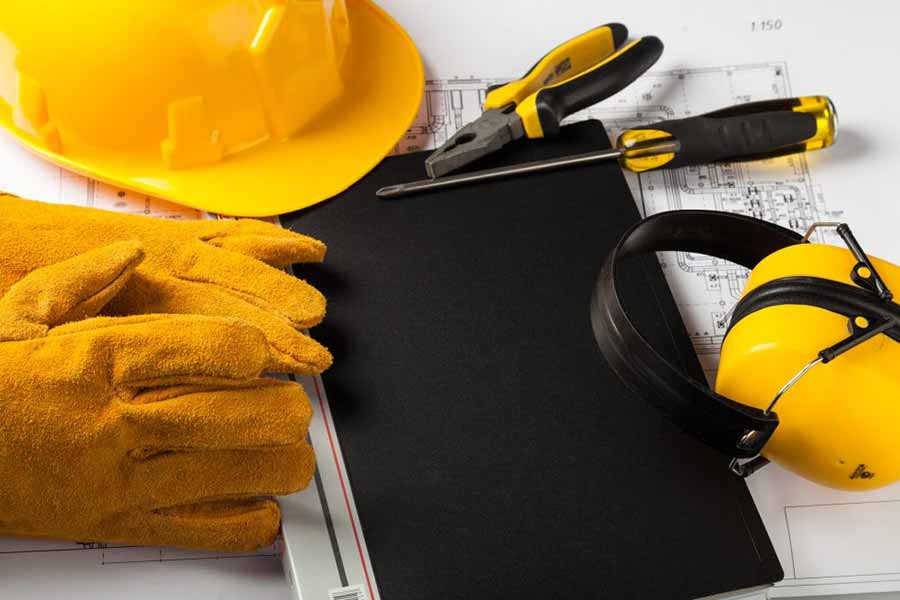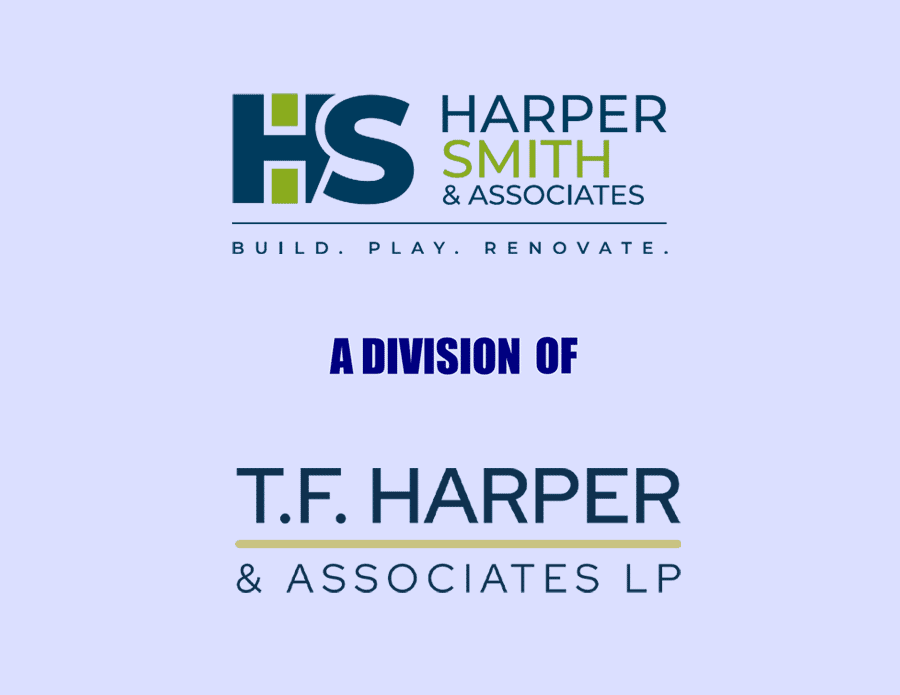Little things mean a lot, and there’s no place where that old adage is more applicable than on a construction job site. Ladders, scaffolding, and power tools all have their place on the job site, but each poses a potential job hazard, as well. Paying attention to little things can prevent injury or even death. Yes, death. The United States Department of Labor’s statistics for 2014 indicate that, on average, nearly 3 construction workers are killed every day on the job. Are you paying attention now? Good! We’ve compiled a list of behaviors that can help keep you and your coworkers safe at work. OSHA has its list of the “Fatal Four”, and we’ll discuss them, but we’ll also touch base on other potential hazards on the work site.
Falls
Life happens. You’re wearing your hard hat and working hard, checking off the list of equipment but you’re not paying close attention to your surroundings. Suddenly, you fall in a hole covered by a tarp but not properly roped off. Two mistakes here. One is your own. By not paying attention to your surroundings you put yourself and those around you in danger. The other, of course, is that the hole wasn’t roped off. When we think of falls on a construction work site, we typically think of falls from ladders and scaffolding, items meriting their own blurb, but excavation holes may exist on some job sites. Renovating a building? There could easily be a hole in the surface on which you’re working. Watch out for loose boards when working on a roof to prevent slipping. Good for you for wearing your hard hat, but remember to keep your eyes peeled while on site. Falls account for the greatest number of injuries on a construction work site.
Electrocution
OSHA stats indicate the number two reason for work place injuries on a construction site involves electricity. One safety tip here is to make sure you’re dry when walking through a potentially “hot” zone, a zone where a lot of electrical equipment is being used. When using grinders or drills, or other portable tools that rely on electricity, make sure cables are protected, the casing is grounded, and that there is a proper circuit breaker. Not fully sure of how to use a particular devise? Everyone had to learn at some place and time. There’s no shame in asking a supervisor or co-worker with experience with the devise for instruction. Failure to do so could lead to a “shocking” conclusion!
Struck by Object
Cartoons are filled with images of characters being hit over the head by anvils, hammers, boards, and more. These images are intended to make us laugh, but on a construction job site being hit by an object is listed by OSHA as the third most common cause of injuries and even death. Be careful working near elevated surfaces as items falling from them, and from rooftops, present a hazard. It may sound like common sense, but it’s also important to stay away from objects that are being moved from above. Unsecured loads being moved create their own dangers. And power tools can occasionally cause an object to fly across a work site, creating a hazardous situation.
Being Caught in or Between
The final of OSHA’s final four involves a wide variety of issues. A worker using a power saw whose thumb gets caught in the blade is one example as is jumping off something such as a road grader if the engine dies and getting trapped between it and the roadway. These are actual examples of hazards on the work site as documented by OSHA. Another example is no shoring at one end of a trench, resulting in a cave in. Keeping your eyes open for hazards such as these, and displaying safe practices on the job, could potentially preserve your life.
Scaffolding and Ladders
When one thinks of injuries on a construction site, generally scaffolding and ladders come to mind. That’s because ladders are one of the most commonly used pieces of equipment in almost any work environment. From common stepladders to sophisticated extension ladders, they can be found almost everywhere. Simple safety practices, such as checking the load rating on a ladder, can prevent a fall; just as not leaning out too far to reach for something while on a ladder can. Know what kind of ladder is required for a particular job and look the ladder over before using it to ensure it’s not defective. Go over ladder safety rules with your supervisor before using a ladder. For scaffolding, ensure the footing is appropriate both for the load and for the purpose. Do not use unstable items such as boxes or loose bricks or concrete blocks. If the scaffolding needs to be repaired, make sure the repairs maintain the integrity of the structure.
Safety Equipment
Finally, a word on safety equipment and clothing. Safety equipment and clothing is required to be provided by the employer and they’re designed to keep you, and your coworkers, safe on the job. From hard hats and safety glasses to harnesses and reflective clothing…all serve a place in job place safety. Some of that equipment puts out more decibels than a rock concert. Wear ear plugs if required. Do you work in toxic materials? You definitely should be wearing appropriate gloves and clothing.
You may say, “Injuries won’t happen to me.” You may believe they only happen to someone else. Well, you’re a “someone” and those injuries could happen to you. Be safe. Be vigilant. Be careful.





